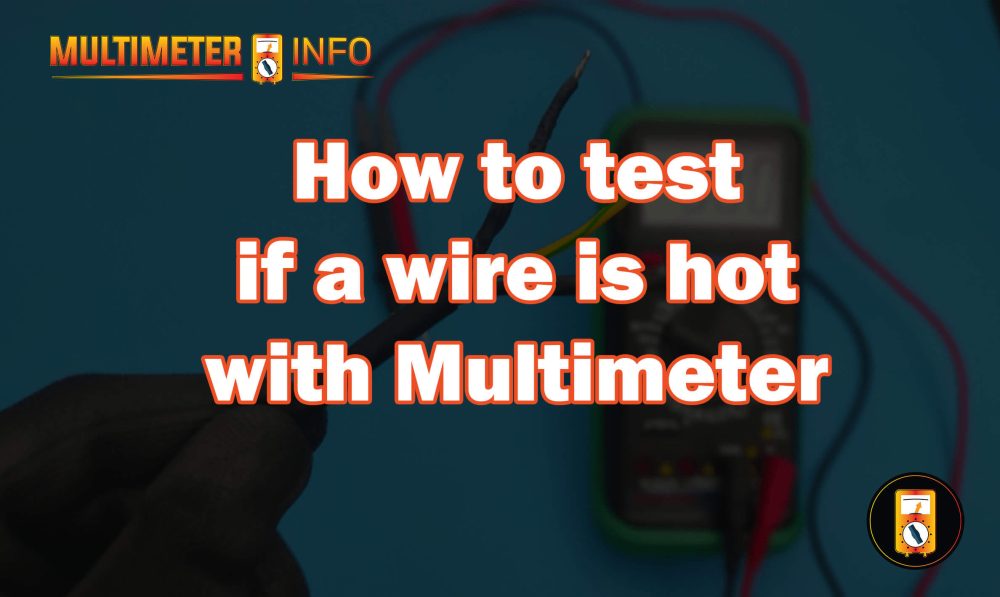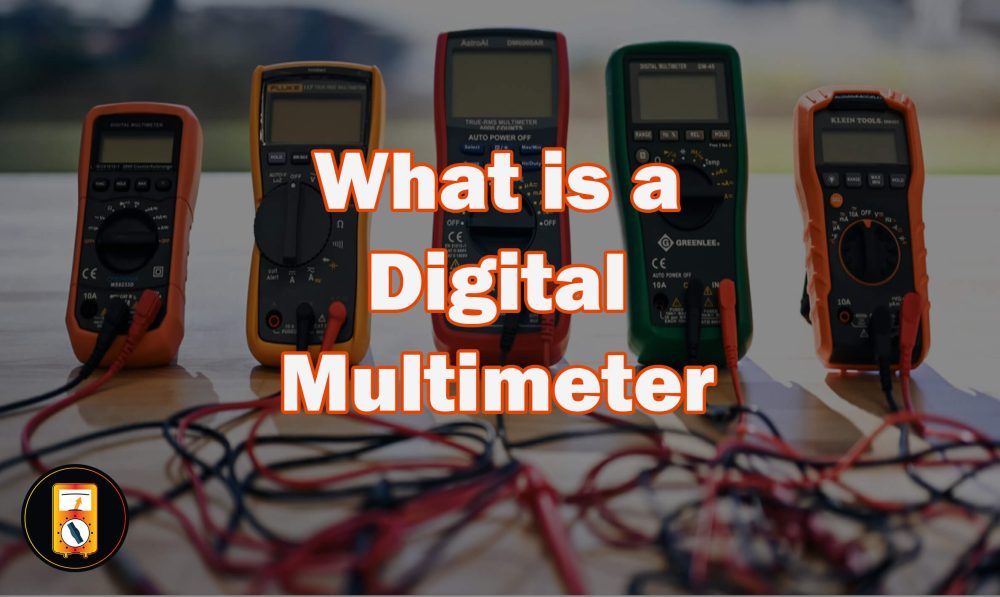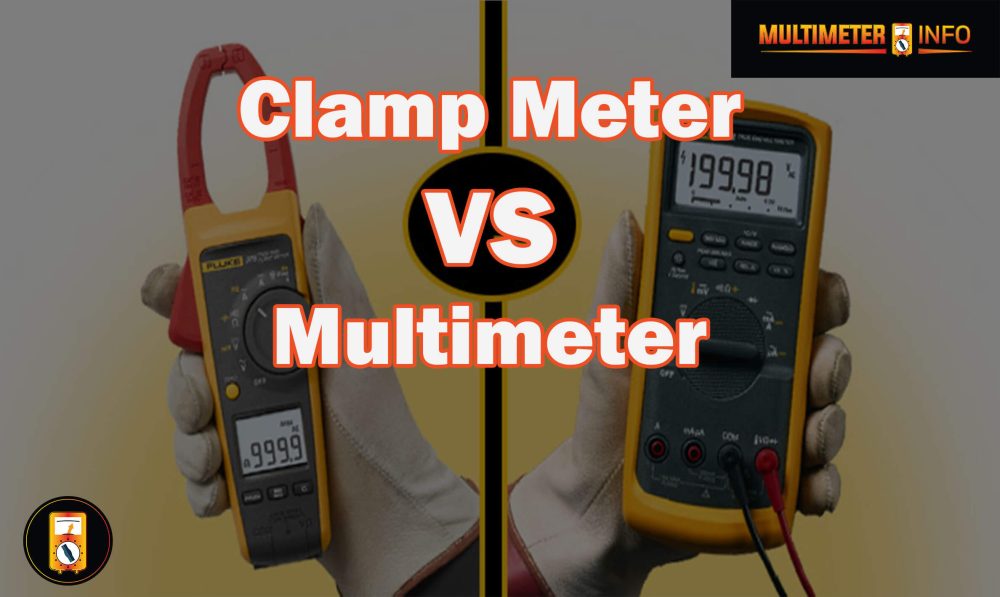If you’ve ever wondered how to tell if a wire is hot or not, you’ve come to the right place. To test for electricity in wires, how to use a multimeter, which is an essential tool for any DIYer or electrician. In this blog, we’ll go over how to use a multimeter to test wiring so you can safely complete common electrical tasks and ensure your wiring is safe and up to code. Continue reading to learn about different types of tests and safety precautions to take when testing electrical wires.

What is a hot wire?
A hot wire is a type of electrical wiring used to supply power to an area. It works by carrying electricity from the source, often a wall outlet or breaker box, directly to an appliance or other electrical device. Because they always carry electricity, it is important not to touch any exposed hot wires as this could cause serious injury.
Hot wires are typically covered in insulation and should never be handled without the assistance of a qualified electrician. When installing new wiring for your home or business, always consult a certified electrician who can safely install and maintain your electrical system. Knowing the basics of hot wiring is important to ensure a safe and functioning electrical system.
Safety should always be the priority when it comes to your home or business’s electrical system, so make sure that you are aware of the potential hazards associated with hot wiring. With proper knowledge and care, you can keep your property and its occupants safe from harm.
How To Test If A Wire Is Hot With A Multimeter?
Testing if a wire is hot is an important skill for electricians and DIY-ers alike. The best way to do this is with a multimeter, which measures the voltage or current in the wire. Before you begin testing, make sure to wear protective equipment such as rubber or insulated gloves and protective goggles in case of sparks.
- Set your multimeter to the 260 VAC range and turn it on.
- Unscrew the outlet plate, making sure to turn off the power source first.
- Once you’ve exposed the wiring, place one probe of the multimeter on each wire.
- Evaluate the results; if your resulting voltage is greater than zero, then these wires are hot and should be treated with caution while working with them.
- After you have evaluated the results, turn off your multimeter and screw back on the outlet plate before turning back on your power source.
By following these steps, you can safely test whether a wire is hot with a multimeter. Remember to always take safety precautions before beginning any work on an electrical project. Safety should always be your number one priority!
Using A Non-Contact Voltage Tester
When dealing with electrical wiring, it can be difficult to know which wires are live and which ones are not. It is important to identify the “hot” wire as this could lead to serious injury if touched without proper precaution.
Using a non-contact voltage tester is an easy and safe way of determining this. This device does not require contact with the bare wire, instead, it simply needs to be held in the proximity of the wire or outlet port. If a light (usually red) illuminates then that indicates that the wire or port is hot.
Many individuals choose to use a non-contact voltage tester due to its ease of use and safety compared to other methods. It is highly recommended that you make use of this device when dealing with any electrical wiring to help keep yourself safe.
By following these steps, you can easily and safely identify which wires are live or not without risking your safety. Always remember to use the appropriate tools and wear protective gear when dealing with any type of wiring. With proper knowledge and preparation, you will be able to confidently work on electrical projects in no time.
USING COLOR CODES:
To ensure safety, you should check the color codes of your wires before touching them. The table below shows common color codes used in different countries. In single-phase, lines, the live or hot wire is usually colored differently from neutral and ground wires.
USA and Canada:
Phase 1 – Black wire.
Phase 2 – Red wire.
Phase 3 – Blue wire.
Neutral – White wire.
Ground – Green, Green with a Yellow Stripe, or Bare Wire.
Europe:
Phase 1 – Brown wire.
Phase 2 – Black wire.
Phase 3 – Grey wire.
Neutral – Blue wire.
Ground (Earth) – Green and Yellow striped or Green Wire.
Australia and New Zealand:
Phase 1 – Brown or Red Wire.
Phase 2 – Yellow Wire.
Phase 3 – Blue Wire.
Neutral – White Wire.
Ground – Green and Yellow Striped or Green Wire.
It is important to note that some local regulations may have specific requirements for electrical wiring color codes, so ensure you are familiar with the applicable code before beginning any electrical work. Also, use caution when handling electricity as it can be dangerous and even fatal if handled incorrectly. If in doubt, contact a qualified electrician to assist you with the installation process.
Safety should always come first when dealing with electricity!
Frequently Asked Questions:
The best type of multimeter to use when testing if a wire is hot is a Digital multimeter (DMM). DMMs are designed to accurately measure voltage and resistance, which makes them ideal for testing electrical circuits.
The first step is to turn on the multimeter and select the correct setting. If you’re looking to test if a wire is hot, then you should select the “Voltage” option on your DMM. Once selected, use the dial or buttons to determine the maximum voltage that will be measured (e.g. 20 V).
Yes! Make sure you use appropriate electrical gloves and goggles when handling wires, especially if they are hot. Additionally, never touch both probes of your multimeter at the same time as this could cause a short circuit, resulting in injury or equipment damage.
Conclusion:
In conclusion, testing if a wire is hot with a multimeter can be done safely and accurately in just a few simple steps. Make sure to use the appropriate settings on your multimeter, and check for any voltage readings before touching the wires. Following these instructions will help you identify which of your wires are hot and make sure that you don’t get shocked while doing so.
We hope this article has helped demonstrate how easy it is to test a wire using a multimeter. To learn more about basic electrical principles and safety measures, please keep following our blog!





